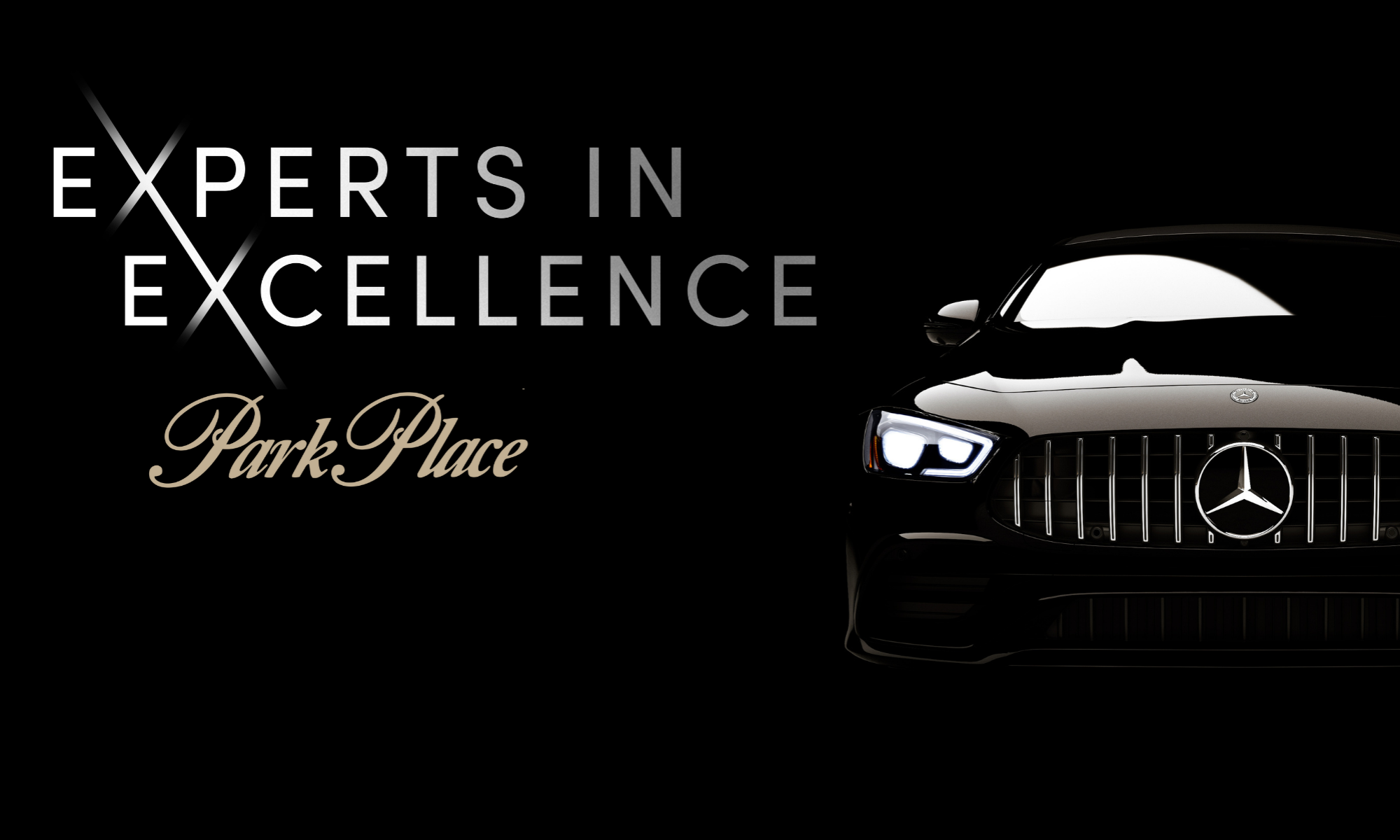If you are new to the automotive scene, haven’t taken the opportunity to look under your hood, or simply want to know more about what makes your vehicle ‘vroom’- the engine options available for your luxury car can be daunting. In our first installment of Engines 101: A Technical Overview of Luxury Autos, we will take a quick look at the basic terms you need to know to make your next automotive purchasing experience easy to understand inside and out.
Often, one of the first descriptions that you will hear of a vehicle will be the type of engine it has. This is usually described by the number of cylinders in the engine and their configuration. A cylinder is simply a circular tube that contains the combustion process (when fuel, air, and heat combine to make power; more on that in a later post). Inside the cylinder, a piston moves up and down to transfer power to the rest of the drivetrain. The cylinders’ configuration could be “Inline”, a “V” formation, or often in the case of one of our popular brands, Porsche, a “Boxer” configuration. There is even a “W” configuration if you are courageous enough to wield it.

Inline-4 Engine
Starting with one of the most common engine layouts today, the inline-4 engine is lightweight, efficient, and compact. With 4 cylinders arranged in a straight line, usually across the car’s engine bay, this configuration allows great fuel economy in a small package, cutting down on expense in more ways than one, and allowing for more room in the vehicle to be dedicated to creature comforts. These days, you will frequently find the inline-4 paired with a turbocharger option, which allows more power to be made from a smaller engine, making this a more attractive configuration than ever before. You will find this engine configuration in many Park Place vehicles such as the Mercedes-Benz C 300 and GLC 300, the Lexus IS and NX, the Jaguar XE and XF, and even the new Volvo XC60 to name just a few.
“V” Configuration

Next up, we’ll discuss the “V” configuration. This is usually used to denote an engine with 6 or 8 cylinders, but there are also road-going cars produced with even 10 and 12-cylinder variants of this configuration. The “V” formation is produced by angling opposing banks of cylinders away from each other. In the case of a V6, this means that there are 3 cylinders on the right, and 3 cylinders on the left, forming a “V” shape. Arranging cylinders in this fashion allow you to pack more power into a shorter engine block. If you attempted to make an 8-cylinder engine in an inline formation, the length of the engine would make it impractical. You will often find these powerplants in mid-sized and larger vehicles, where drivers can use some extra power to maneuver a more spacious car or SUV. This larger engine is also frequently an upgrade option in vehicles that come standard with a 4-cylinder, but drivers may opt for a more powerful experience. Examples of some automobiles with this engine configuration are the Lexus GS and RX 350, the Jaguar XJ, the Porsche Macan GTS, and several AMG performance versions of Mercedes-Benz vehicles. You’ll find a V12 engine powering such commanding vehicles as the Rolls-Royce Wraith and Phantom.
Flat Configuration

The Boxer or Flat configuration is unique, in that rather than a “V”, two banks of cylinders sit directly opposed from one another. Think of pumping your fists directly out to your sides, and you’ll have an idea of how the Boxer configuration works. The manufacturer most notable for this configuration is Porsche, who specialize in high-performance vehicles with a low center of gravity. The Boxer configuration excels in this area because arranging cylinders to the sides produces a very flat engine package, which makes sense when you learn that the “Boxer” is also known as a “Flat” configuration. You will find a “Flat-6” in cars like the incredible Porsche 911 and a turbocharged 4-cylinder Boxer in cars like the Porsche 718 Cayman and Boxster.
“W” Configuration

Last, but certainly not least, the almighty “W”, which might as well stand for win. In reality, the “W” configuration is tough to explain without visual aids (see image to understand why). Available in 12 and 16-cylinder offerings, the “W” is like taking 2 “V” motors and stacking their cylinders on top of each other, producing enough power to make even the most experienced adrenaline-junkie’s heart race. You will find a twin-turbocharged W12 powering the new Bentley Continental, and topping out the list with the world’s fastest production road-car, the Bugatti Chiron boasts a quad-turbocharged W16 engine.
We hope this overview has equipped you with more helpful knowledge the next time you start talking ‘powerplants’ for your next set of wheels. The best thing about Park Place is that we are always here to help you get the most out of your purchasing experience. If you have any questions about your engine options, or any other option available in the car of your dreams, just reach out to your nearest Park Place Dealership and our Sales Experience Managers will be happy to answer any question you can think of.

